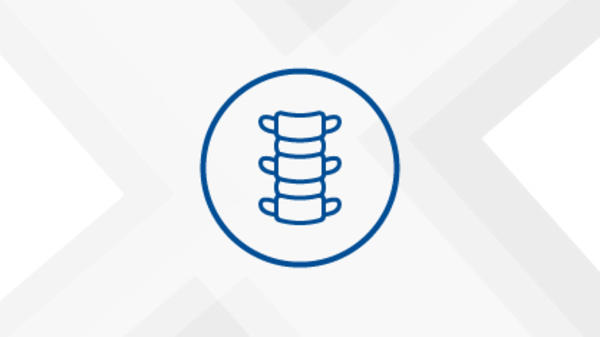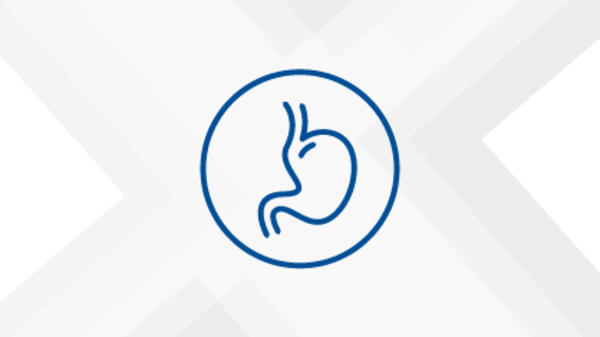Publications & Research
View Indications & Important Risk Information: Floseal matrix | Tisseel [fibrin sealant] | Artiss [fibrin sealant (human)] | PerClot powder | Coseal sealant | Preveleak sealant | Ostene bone hemostasis material | Seprafilm barrier | Adept solution | Altapore bone graft substitute | Actifuse bone graft substitute | Peri-Strips Dry staple line reinforcement







